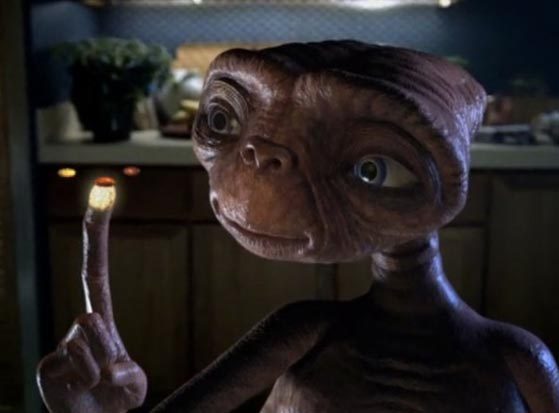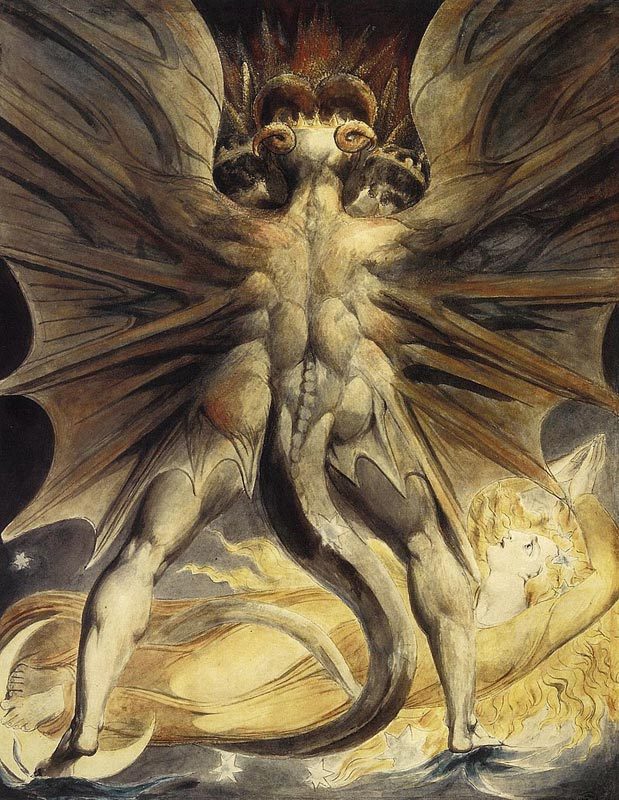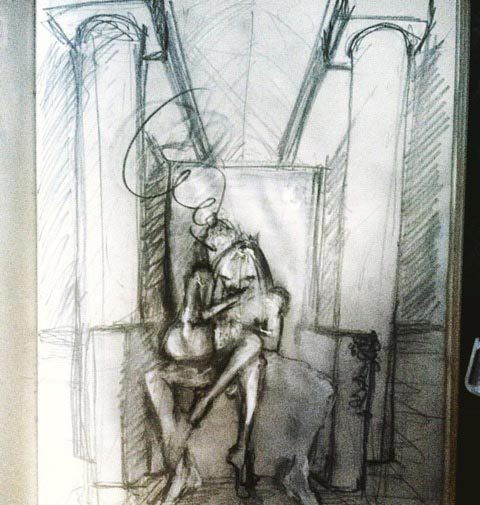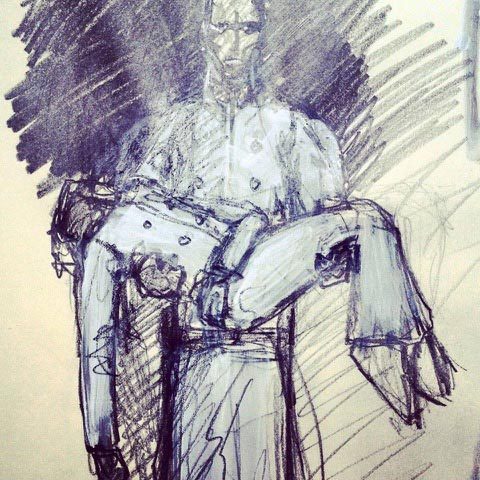
First footage of “DER NACHTMAHR” will be screened at the SLAMDANCE FESTIVAL in Park City in the ANARCHY SHORT section at 1:30 pm Sat, Jan 18th and 11:40 am Tue, Jan 21st

First footage of “DER NACHTMAHR” will be screened at the SLAMDANCE FESTIVAL in Park City in the ANARCHY SHORT section at 1:30 pm Sat, Jan 18th and 11:40 am Tue, Jan 21st

Der Nachtmahr, playing at the Toronto International Film Festival’s Vanguard programme this year, was directed by German multidisciplinary artist AKIZ.
AKIZ studied at The Film Academy Baden-Wuerttemberg; two of his student films were nominated for Oscars. Later, he received a scholarship to attend grad school at the famed University of Southern California, which counts John Carpenter, Gregg Araki, Scott Derrickson, David Goyer, and some dude named George Lucas among its alumni.
AZIZ directed his acclaimed debut film Die Nacht der Nächte - School’s Out in 1997. In 2008, he helmed Eight Miles High (Das wilde Leben), which gives a “lusty, German twist” to the mythologizing of the 1960s and the life of groupie, model, and leftist icon, Uschi Obermaier.
Painting Reality, one of AKIZ’s short films, was featured in The Antic’s Road Show, a film about street art from none other than Banksy. It shows what happened when 500 liters of (non-toxic, environmentally friendly) paint were dumped on the streets of Berlin and spread around by cars. Meanwhile, as if all that weren’t enough, AKIZ was also working on paintings and sculptures, such as The Curious Case of Pikachu, in which 333 handcrafted “Pikachu fetuses” in jars of formaldehyde were placed in alcoves throughout a large hallway.
With all of this bizarre and beautiful art that AKIZ has created, we just had to find out more.

Your short film Evokation shows a creature that looks similar to the one in Der Nachtmahr. Can you explain if these two films are related thematically?
Well, first of all Evokation was some kind of test shooting. It’s the same creature. We were testing different ways of lightning and movements of the creature. I won a competition at the Soho House in Berlin. They gave me a little budget and the opportunity to shoot a little film about the topic “obsession.” At this point I had just finished the first model of the creature and was ready to do the first test.
Thematically, well I don’t really see a connection, besides the fact that at this point I seemed to be intrigued by the idea of women having an encounter with their daemons. In both films there is this female who has some kind of secret–something that seems to be very personal and obsessive at the same time. But in Evokation her relationship towards this daemon seems to be way more grown up or mature, more than in Der Nachtmahr.
For me, in Evokation it looks like there is some kind of sexual obsession, which is happening on a regular basis. The undertone here is way more erotic than in Der Nachtmahr. In both cases, the woman is feeding the creature at some point. The big difference is HOW she is doing that.
This is one of various elements that somehow must have been triggered in my brain when I saw E.T. as a kid. In this case I am referring to the scene in E.T. when Elliott is feeding E.T. with peanuts to set up a connection between them. For me the funny thing is that I became aware of all the references in this film (like E.T.) AFTER the film was finished. I was not aware of all of that at all while I was working on this film.

William Blake, The Great Red Dragon and the Woman Clothed in Sun
What filmmakers or other visual artists inspired the creature design in Der Nachtmahr? Are there any specific “body horror” movies that influenced you?
Not at all. First of all, I am not a fan of horror films. Actually, I haven’t even seen a lot of horror films in my life. And I haven’t even seen a single “body horror” film. I don’t even know what that exactly means. I was told Cronenberg is the master of “body horror,” but I don’t see this element in my favorite films of his like Crash, or eXistenZ, or Cosmopolis. I am a sculptor and painter and in the beginning, I had no intention to do a film but to just make a sculpture. My vision was a creature–like a mixture between a fetus and an extremely old man. Later on I thought it would be a great idea to use the creature in a film.
I don’t think Der Nachtmahr fits into the genre of horror films simply because a horror films require certain elements, most of all the fact that the audience should be afraid or should be uncertain if the main character will survive, for example. In Der Nachtmahr there is no single moment where I expect the audience to be “afraid.” It is pretty obvious that this daemon causes a lot of trouble in Tina’s life but at no point the audience is asking itself, “Will the creature eat her up?” For me the thrill is rather to see her wandering through this surreal inner landscape as well as watching her coming to terms with her self.
Anyway, I guess I was and still am heavily influenced by filmmakers like Tarkovsky, David Lynch, Gaspar Noe, Chris Cunningham, Jodorowsky, Luis Bunuel, The Brothers Quay (I still keep a signed VHS cassette as one of my most valuable treasures. The twins gave me a tape with their films in the early 1980s when I approached them at a film festival in Germany as a 15-year-old kid). And of course the grandmaster of film, Stanley Kubrick.
Speaking of role models and sources of inspiration from visual artists, there is Yves Klein, Max Ernst, and most of all, the greatest visionary of all time, William Blake. Also I was and most probably always will be a great fan of the great German expressionists of the 1920s in poetry like Trakl and Benn.

Music seems to be a large part of your cinematic endeavors. Do you look for musicians to complement the images or does the music help to inspire you to create certain kinds of images?
Both. I did the editing by myself and I put temp tracks in the timeline in a very early stage to get an idea about the structure and rhythm of the film. Some of these temp tracks ended up in the final mix. I edited the film at the same time as I edited the music. While we where shooting, we played different music to get the actors in the mood.
But to be honest, the music on location was not always as harsh and loud as it was in the film, simply because after several hours of shooting under strobe light conditions, hardcore electronic music can be kind of dangerous to people. One of my actresses was pregnant so I really felt responsible to not push the envelope too far.
To get back to your question: The music and score is a mash up of a lot of elements. Some parts have been composed by Steffen Kahles and Christoph Blaser according to my temp tracks. They also came up with music I was not expecting or music that was totally different from my temp tracks. I have composed other parts in the score and then there are tracks and songs that already existed before we even started to shoot the film.

Sketch for the Daemonische Trilogie from AKIZ
You’ve said that Der Nachtmahr is the first part of a “demonic trilogy.” What can we expect from the next two installments?
I call it the Daemonische Trilogie. All of my upcoming projects more or less deal with the same issue: An encounter with a daemon and its impact on society. This triptych deals with BIRTH, LOVE, and DEATH. Der Natchtmahr is the first part, Birth. Here the daemon appears for the first time, like a fetus, a speechless creature.
In the next one this daemon turns into a human being. It experiences love and hate. It feels what it is like to be human… and eventually becomes addicted to being human. This middle part of the triptych is more romantic than frightening, but at the same time its going to be a feverish, wild, hypnotic ride like Der Nachtmahr.
The third and last part deals with death. Now the daemon looks, behaves, and acts like a real human, but at the same time he impersonates some daemonic remnants, which turn society upside down. Basically this story is a modern version of the old Bible story about Cain and Abel, their jealousy, and the death of one of the two. This story takes place in the world of the high-class restaurant kitchen. This film deals with the hierarchy between the chefs - Jealousy, Ecstasy, and Decadence - but most of all this last film is about the death of the genius daemon.

Daemonic Triptych sketch from AKIZ

Daemonic Triptych sketch from AKIZ
Do you have any creepy recurring nightmares that you’d like to share with your fans?
Actually I don’t have bad dreams. I dream a lot but these dreams are always wild, exiting and most of the time pleasant and joyful. Some of them even feel enlightening to me. The most frightening moment of my life was in my early twenties when I had a severe near- death experience. For almost 45 seconds I was flat lining. I think this experience had a huge impact on the story and the structure of Der Nachtmahr.

“For Berlin-based director Akiz, Der Nachtmahr (The Nightmare) is “a story about a young warrior who is making her way through society.”
It’s a good thing I stayed for the Q&A for the film’s recent North American premiere at the Toronto International Film Festival to hear such statements, where Akiz (born Achim Bornhak) clarified that the film is not one about motherhood or abortion, despite the visibly fetus-like creature that pervades the protagonist’s psyche.
The film chronicles Tina’s (Carolyn Genzkow) account of a small, toddler-sized creature that follows her around. At first, no one else can see the entity. Naturally, textbook gaslighting ensues after her encounter with the creature who, for Akiz, was meant to resemble a fetus and an old man (his actual words). Basically, her parents are freaked out and don’t believe her, and subsequently enroll her in therapy with a man who doesn’t believe her either.
The story of a frightening being that follows a woman and the the practice of gaslighting are common tropes in horror and supernatural thrillers, but Der Nachtmahr transgresses genre while alluding to the past. In the same vein, the conceptual similarities between Der Nachtmahr and It Follows (which I’ve previously written about) are obvious, like the chill teens who are dealing with some sort of negative spiritual entity. They’re also chill teens who do “bad” things like partying and aren’t punished for it with death (contra the slasher formula where the bad girls and bad boys invariably die). But with Der Nachtmahr, Tina is able to confront the creature.
Seminal film theorist (and porn theorist!) Linda Williams wrote about this phenomenon of looking at the “monster,” revealing a typically unobserved argument. Williams uses canonical examples to illustrate how as an audience, women tend to identify with the monster:
“It may very well be, then, that the power and potency of the monster body in many classic horror films—Nosferatu, The Phantom of the Opera, Vampyr, Dracula, Freaks, Dr. Jekyll and Mr. Hyde, King Kong, Beauty and the Beast—should not be interpreted as an eruption of the normally repressed animal sexuality of the civilized male (the monster as double for the male viewer and characters in the film), but as the feared power and potency of a different kind of sexuality (the monster as double for the women).”
What Williams is arguing here is that these kinds of monsters, creatures, and scary entities are simply part of the female cohort in our dominant, cultural artifacts. Williams is drawing upon the idea of female oppression based on fear of female sexuality (which, if you look at politics, is pretty obvious and relevant in our current historical moment). Similarly, the film has been marketed as the following in the plot summary:
“After a while, Tina overcomes her revulsion and discovers her own self through contact with the creature. Her friends and parents, however, think that she has gone crazy.”
Many interpretations can be gleaned from this. Is the creature supposed to be illustrative of her facing her sexuality? Is it about facing heteronormative facets of femininity and imminent motherhood? Motherhood alone is scary if you’re in your twenties. Thankfully, Akiz avoided making any definitive statements, telling the audience at the Q&A that he subscribes to the Freudian school of thought where the film is open to interpretation, a feature he said he enjoys the most.
That being said, it’s always dubious when a man makes a film about a female character, or a white person makes a film about a person of color, and so on. But Akiz has reckoned with something more subversive than the hackneyed, old story of a female character running away from something frightening. In one especially poignant scene, she paints her face with makeup that recalls Daryl Hannah’s Pris character in Blade Runner, and defiantly says to herself “now we’ll see who’s really crazy,” bringing the small, E.T.-like creature to her friends’ party.
This scene was one of many heart-racing cinematic moments which was not propelled by the fear of the monster itself, but by lighting, music, and editing. Prefacing the film was a text warning stating that if you are prone to seizures that you should not watch this film, and that the film is meant to be watched in a theatre. It was almost impossible not to feel that the Der Nachtmahr was the Berliner, cinematic version of a Health Goth spin class. The jump cuts, lurid light flashes, and sharp synthesizers created a viscerality that felt like a drug-induced endorphin rush that really makes you want to join the exodus of Brooklynites to the New Berlin. Adding to Berlin’s contemporary pop culture relevance is Sonic Youth’s Kim Gordon, who has a cameo as an American English teacher unpacking William Blake. Apparently she liked Akiz’s 2007 film Eight Miles High so much that she signed on for the role in Der Nachtmahr without even having read the script.
During the posthumous Q&A, Akiz was asked about the title, “Der Nachtmahr,” and its significance. He said the notion of “the nightmare” in Germany is an archaic meaning that does not translate to our modern conception of it. When you sleep, a “nightmare” may or may not appear in your dream; an apt parallel for the uniqueness of a film that took a pass on flat, overproduced special effects in favor of traditional aesthetic practices that, for once, actually evoked physical horror.








